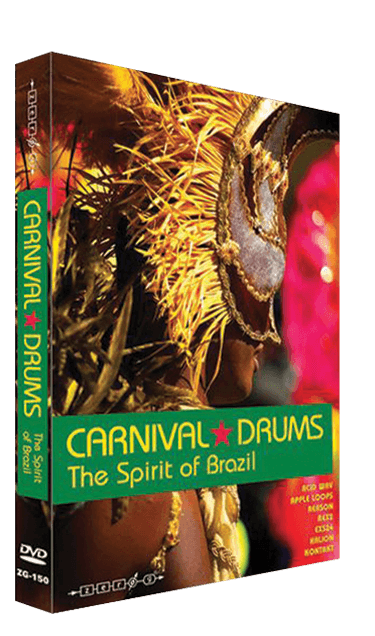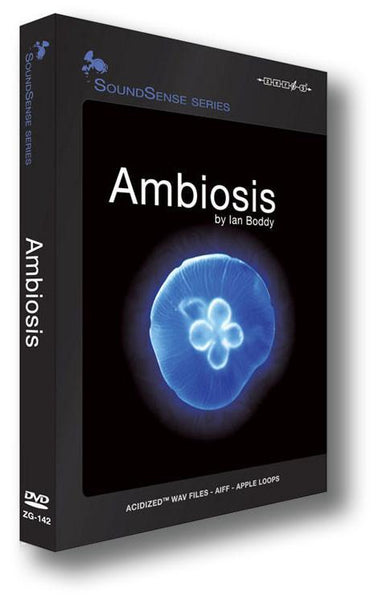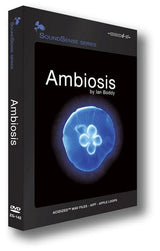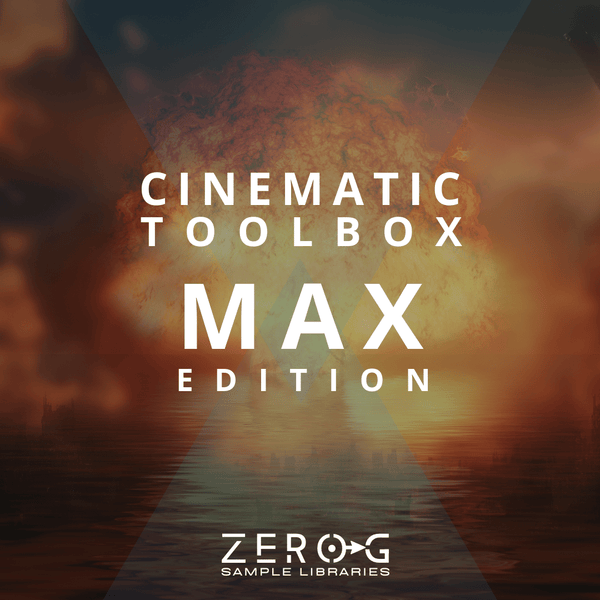
Carnival Drums
Format
- Acid,
- Apple loops,
- Exs24,
- Halion,
- Kontakt files,
- Rex,
- Reason,
- Wav
PDF files
Over 2000 samples and 1.4 GB of the most exciting sounds of the Brazilian carnival.
This fantastic library presents the main drums of the Brazilian Samba Baterias (samba percussion ensembles). Vibrant, exciting, full of spirit and colour. These drums from the baterias of Rio are so powerful they will send shivers down your spine.
We gathered together 10 professional Brazilian percussionists who play each year at the Rio Carnival and we recorded them in a state-of-the-art studio using close mics, stereo overheads and distant stereo room mics to capture the pure exhilaration of the performances. And because each of the 10 drummers played the same drum and rhythm in unison, mixed loops with 6 different drum parts have the sound and force of 60 carnival drummers.
As well as over 1400 loops in four different mic positions we have also included detailed multi-layered hits of all the drums in the most popular sampler formats so you can create your own rhythms to augment the loops.
The bateria is the very essence of what makes the Carnival and its music so exciting, but outside of Rio the organization of the bateria and how it works was a mystery, until now...
Let the rhythm move you, and celebrate life – Brazilian style!
For a complete list of the contents of Carnival Drums, please take a look at the PDF of Contents.
NOTE: To use the Kontakt instrument files that come with this library you need a full version of Kontakt.
THE DRUMS
This collection presents the main drums of the Brazilian Samba Baterias (samba percussion ensembles), as developed in the Samba Schools of Rio De Janeiro in the early 20th century and still used to great effect at the Rio Carnival every summer.
Drums used:
- Surdo de Primeira: This is the largest surdo (bass drum), the one that gives the crucial marcação [the second, stronger beat] to the samba—it's the base of the rhythm. The Surdo de Primeira is the drum that provides the primary beat that the listener concentrates on. The singers are guided by this surdo. In general, there is a surdo de primeira right next to the principal singers as a guide. It has a lower tone and a stronger tuning than the Surdos de Resposta (the responding bass drums, second and third surdos).
- Surdo de Segunda: This is the response to the surdo de primeira. It sustains the samba rhythm while the Surdo de Primeira is at rest and is its counterpoint. It is the middle-pitched Surdo Drum.
- Surdo de Corte (Surdo de Terceira): A type of tuned floor-tom played with the hands, the highest of the three surdos. It chimes in between the other two (a little before the Surdo de Segunda). It gives a special interest to the cadence, breaking through the rigidity of the other two surdos and it gives a swing to the rhythm. Although played fairly softly to create a pure note, together, the Surdos drive the Samba like a bassline.
- Caixa: Pronounced 'kay-sha', a type of snare drum worn on a shoulder strap. Played in large ensembles, Caixa rolls blend together in a shuffling wall of energetic white noise. This is what gives character to the samba. Only through the sound of the Caixa can you really identify a certain school. It's always played with two sticks, and has two cords [snares] across the drumhead that gives it a different kind of tone. It sets the tempo, but allows flourishes that can't happen in the surdos. The way you play the Caixa also varies from school to school: in some the player puts the drum at waist level, playing with two hands; others place the Caixa higher, using one hand as a support and the other free.
- Repinique: Pronounced 'repineeki'. A two-headed tuned metal drum worn on a shoulder strap, played with either two sticks or one stick and a hand. The sound is like a very highly pitched timbale.
- Tamborim: A small, high-tuned handheld drum with a very short, tight sound, in samba it is played with a bundle of nylon rods and is rapidly flipped around to create ghost notes. The slight natural timing differences between players give an impression of intense claps or rattles. The tamborims give the punch and the shape to the samba.
- Agogô: A hand-held two-bell instrument similar to a cowbell and played with a stick.
- Timbal: A large floor-standing conical drum which is a bit like a conga but with a more deep and forceful sound. Played with the hands, it can produce a variety of sounds from a deep well-defined thud to a high resounding hit.
- Pandeiro: A large, deep tambourine played with the hand.
THE RECORDING
All the rhythms were performed by 10 professional Brazilian percussionists who play every year at the Rio Carnival. They was recorded in a modern theatre with excellent, lively acoustics thanks to polished wooden floors and huge adjustable acoustic curtains.
Each drum was closed-miked and stereo overheads and distant stereo room mics were used to capture the ambience. Because each of the 10 drummers played the same drum and rhythm in unison, mixed loops with 6 different drum parts have the sound and force of 60 carnival drummers.
THE RHYTHMS
Despite the variety, the collection is built on 12 core rhythms.
There are three slower patterns with a laid back groove:
Samba Reggae, Maxixe and Samba Rock – all typical of Salvador, and Bahia from NE Brazil.
The others are all faster and typical of Rio de Janeiro:
Axé, Samba Um, Dragões, Samba Dois, Samba Torcida Break Um, Samba Torcida Break Dois, Samba Tres, Samba Quatro and Samba Torcida Break Tres
'Torcida' here means something like 'audience participation' and so these 'Torcida Breaks' are the moment in the carnival that the rhythm breaks down and draws the audience to cheer and clap along.
BRIEF OVERVIEW
This collection consists of both loops (Rex2 and Acidized Wavs) and multi-layered sample hits (EXS 24, Halion, Kontakt & NN-XT) so that you can combine expertly performed loops with your own keyboard or pad-triggered patterns, knowing that because the loops and hits are from the same drums, players, mics, mixes and venue, they will blend perfectly in a project.
THE LOOPS
For maximum usability the loops have been organized several ways – there are loops with only individual drum parts (e.g. Caixa-only loops) and there are ensemble performances with all parts of the Samba drum orchestra playing together. There are also recordings from different mic positions (close, overhead and room) where you can choose one or create your own mixes by stacking up the different mic channel loops of the same rhythm in your sequencer and making your own mix. And if you don't need this level of detail there is also a whole set of ready-to-go percussion ensemble mixes.
The loops are organized into the following folder structure:
For each type of loop (Wav, Rex2 and Apple) there are two master folders named 'Individual Parts' and 'Full Mixes'.
'Individual Parts' contains only loops of one particular type of drum – e.g. Caixa-only loops or Pandeiro-only loops.
'Full Mixes' contains loops with all different types of drums playing together in a full percussion ensemble arrangement.
(a) 'INDIVIDUAL PARTS' Folder
The 'Individual Parts' folder contains 8 folders - each with the name of a particular type of Brazilian drum – e.g. Agogô, Caixa, Pandeiro, etc. Each set of individual drum loops is further divided into those loops with only 2 drummers playing and those with 10 drummers playing. If you now look at the individual loop files, you will see that they have names that reveal information about the loops. For example:
'Caixa_10D_CL_100bpm_Samba_Rock2.rx2'
The naming convention is as follows:
'Drum type _ Number of Drummers _ Mic position _ Tempo _ Rhythm Type'
Thus, the above example indicates that this is a Caixa drumloop with 10 drummers playing (10D), recorded on close mics, at a 100bpm tempo and the name of the rhythm is 'Samba Rock2'.
The 4 mic position abbreviations used in file names are:
CL=Close Mic
OH=Overhead Mics
RM=Room Mics
MIX=Mix of all mics
(b) 'FULL MIXES' Folder
The 'Full Mixes Folder' contains two sub-folders named 'Full Ensemble Construction Kits' and 'Ready to Go Mixed Loops'.
The 'Full Ensemble Construction Kits' loop files are named like those in the 'Individual Parts' folder –- with a naming convention indicating the number of drummers, mic position, tempo and rhythm type. Because each rhythm is available with a number of mic positions you have the flexibility of creating your own mixes or choosing the ideal microphone position for your project.
The 'Ready to Go Mixed Loops' are not available in multiple microphone positions, so there isn't the mixing flexibility of all the other loops. However there are many extra rhythmical variations and part arrangements here, all chosen and mixed to have a great sound ready to drop into a project. Also the slightly more colourful names here help to give a flavour of the style.
SAMPLER HITS
There are two programs to load into your sampler – 'Samba Big' and 'Samba Dry'.
'Samba Big' has 10 drummers on every hit, with the sound mixed from all three mic positions, resulting in a big, exciting sound.
'Samba Dry' has 2 drummers on every hit recorded on close mics only resulting in an intimate, dry sound.
USING THIS COLLECTION
You can use this library in several ways. You could quickly drop the Ready to Go Mixed Loops straight in, or you can go through different mic channels to find the ideal sound. Or if you choose to delve deeper you can mix multiple mic positions to get an ideal blend. If you do follow this route, the close mics have a small, dry and intimate sound when used on their own. Added to other mic channels they add attack and immediacy. The overheads have a powerful sound – a clearly defined attack but also a sense of space. Meanwhile the room mics make a big distant rumble that sounds odd alone but adds an extra wide dimension when mixed with the other mics, like adding reverb but more realistic than even the best convolution impulse.
Using the multi-layered hits you can step-program your own beats or trigger live from a keyboard or pads. And by using both loops and hits together you can combine the realism of the loop performances with the flexibility of programmed beats.
However you use Carnival Drums we hope that you enjoy it as much as we did creating it!
Download Size (zipped files):
Apple Loops:
- Part 1: 270 MB
- Part 2: 502 MB
- Part 3: 525 MB
Remaining formats:
- Part 1: 210 MB
- Part 2: 497 MB
- Part 3: 399 MB
- Part 4: 391 MB
- Part 5: 584 MB
- Part 6: 403 MB
Customer Reviews
Info & Quotes
"Excellent quality.. brimming with power and offering excellent ambience.. very authentic.. well-recorded and well-played. For media composers needing a dash of genuine Brazilian carnival atmosphere, this collection would be well worth having to hand. Carnival Drums provides an excellent slice of Rio percussion and will have you dancing around your studio. Awarded FIVE STARS" - Sound On Sound Magazine, UK








